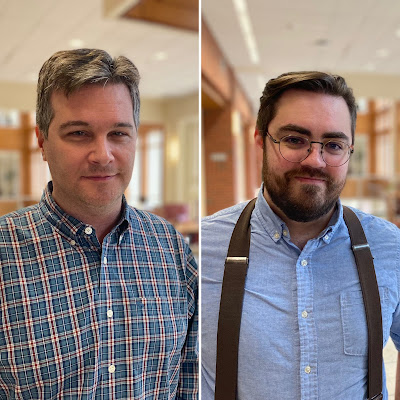First of Its Kind Seismic Test on Helical Piles Exceeds Expectations
As geotechnical and structural engineers work to better understand the survivability of different building types under seismic loads, a key frontier of study is deep foundations. This study, the first of its kind, sought to better understand the performance of helical pile deep foundations under earthquake conditions.
During the Feb. 22, 2011 earthquake, Christchurch, New Zealand was damaged by a tremor that registered at 6.3 magnitude. Due to the soils in the area and the shallow focus point, some areas of the city were devastated by a peak ground acceleration of almost two times the force of gravity. This peak ground acceleration, one of the most powerful ever recorded, severely damaged or destroyed many buildings in downtown Christ Church and caused the tragic collapse of the CTV office building, killing 115 people.
A post earthquake survey found that all buildings constructed on helical piles survived with minimal structural damage, adding to the qualitative proof that helical piles perform well as foundations in active seismic zones. However, until now, no empirical studies had been undertaken to validate these anecdotal observations.
Amy Cerato, a helical pile researcher and associate professor in the School of Civil Engineering and Environmental Science at the University of Oklahoma, traveled to the University of California, San Diego, to test these questions on the largest outdoor shake table in the world.
“We are standing at the world’s largest outdoor shake facility. The table has a 40 million pound payload. As you can see, we have the laminar soil box on the table, on the platen. It is 15 feet tall by 22 feet long by 10 feet wide. So we have 10 helical piles that we installed and we’re going to test them seismically to see how they react to earthquake loads. And right now, the crew is loading on the inertial weights which will simulate a building load on top of each pile.”
Several pile manufacturing companies donated materials to the project. And installer and manufacturer, Tort Seal Foundations, traveled to the site to perform the installation in a soil box mounted on the table. Piles of several types and sizes were tested including round and square members, plus a push pile to compare with the helical piles. To measure the shaking forces and resulting deformation of the test subjects, the team fitted accelerometers and strain gages to the test members. To simulate independent axial loads on the pile members, on-site contractor, Tort Seal, bolted cylindrical concrete weights onto each pile. During a later test, a sand skid was used to simulate a building supported by a group of piles. The test included a simulation of the 1994 Northridge earthquake and the 1995 Great Hanshin, also know as the Kolbe earthquake in Japan. Both seismic events caused extreme damage to structures due to very high acceleration forces at the surface.
“I think it went very well," Cerato said. "It performed exactly like we thought it would in the analysis. Everyone was telling me that all the weights were going to bang together and everything was going to shear off, but our analysis indicated that the helical piles were going to behave a specific
way, and thankfully, everything went as planned. "There was a lot of displacement of the soil around the piles, but that’s exactly what you would expect to happen in the real world," Cerato stated. And this test is actually a good one to show that even though we hit the piles with a 6.9 earthquake, we came back and hit it again with an even bigger earthquake so for aftershock effects, these helical piles held up very well. It took seven earthquakes today and nothing failed. So we are very pleased with the results."
Work continues to analyze the vast quantity of data obtained during this experiment. However, Dr. Cerato’s initial observations and calculations indicate that helical piles exceeded expectations for performance under seismic loading.
The Large High-Performance Outdoor Shake Table is supported in part by the George E. Brown Jr. Network for Engineering Simulation (NEES) program of the National Science Foundation under Award Number CMMI-0927178.
Academic Sponsors: UC San Diego, The University of Oklahoma, Western University-
Canada.
On-Site Contractor: TorcSill
Sponsors: Hubbell, Ideal Group, Magnum Helical Piles, Techno Metal Post, TorcSill, Coliath
Tech Screw Pile System, Helical Pile World.com (The Global Information Source for The Helical Pile Industry), Ram Jack, Deep Foundations Institute, Bristol Foundation Technology, Cerato Geotechnical Engineering, CTL|Thompson, Foundation Support Works, MacLean Power Systems, Helical Pile Association, Lally Pipe & Tube, Atlas Tube, Patriot Foundation Technology, EXL Tube.



